By 2023, chatbots have evolved significantly, playing a pivotal role in enhancing the customer experience across various marketing facets.
Companies, irrespective of their size, are tapping into the potential of chatbots for their marketing endeavors.
And you're likely seeking insight into this trend if you're reading this.
Thus, we've dedicated this article to guiding people like you to the innovative ways to use chatbots in marketing to upgrade their business strategy and gain more success in digital marketing.
Let’s get started!
What Are Chatbots?
Chatbots are programs created to simulate human conversations with users, typically over the internet.
They can interact with individuals through messaging interfaces, voice commands, or other digital means.
Chatbots can be rule-based, providing predefined responses to specific inputs, or AI-driven, allowing them to learn and adapt to user behaviors over time.
They're widely used in customer service, marketing, and other fields to provide quick responses, 24/7 availability, and efficient interaction with users.
Brief and Useful Tips for Implementing Chatbots in Marketing
If you want to get the maximum out of chatbots, here are top 3 things you need to keep in mind when utilizing them:
- Prioritize User Experience – Ensure that the chatbot experience is smooth and intuitive. Avoid making your chatbot too aggressive in its sales tactics.
- Human Touch – Always provide an option for users to talk to a human representative. This ensures that complex queries or issues are handled effectively.
- Continuous Learning – Regularly update the chatbot's knowledge base and train it with new data to enhance its accuracy and effectiveness.
By incorporating these strategies and tips, businesses can make the most of chatbots in their marketing efforts, offering enhanced customer experiences and driving conversions.
Now, let’s take a look at the best ways to use chatbots for marketing!
10 Strategies to Leverage Chatbots in Marketing
1. Lead Generation & Qualification
Chatbots can streamline lead generation by:
✅ Engaging visitors in real-time
✅ Answering preliminary questions
✅ Capturing essential contact details
By setting predetermined criteria, chatbots can also qualify leads instantly, identifying which ones are a good fit based on user responses.
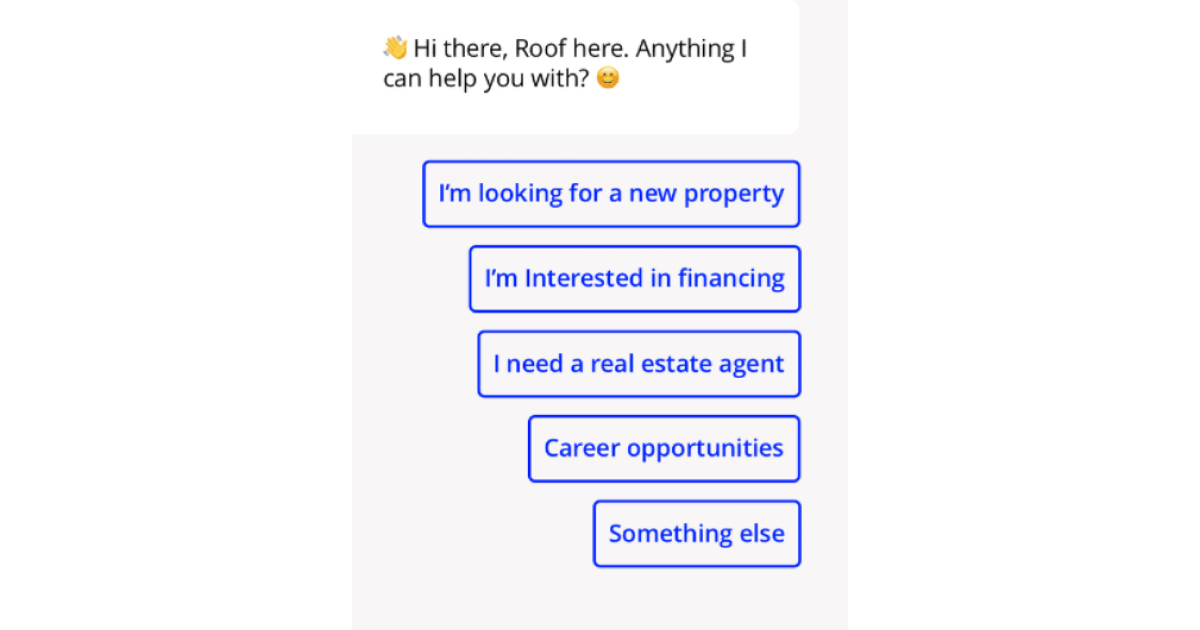
This automation ensures that only high-quality leads are passed on to sales teams, optimizing their efforts and saving time.
Practical Example
💡 Example: A real estate chatbot might ask website visitors about their budget, preferred property type, and desired location.
If the responses align with available listings, the chatbot categorizes the visitor as a qualified lead and prompts them to schedule a viewing.
2. Personalized Content Distribution
Chatbots are capable of analyzing user behavior and preferences to deliver tailored content that resonates with individual users.
By integrating with data sources and using machine learning, chatbots can recommend:
✅ Articles
✅ Products
✅ Services
This ensures that content distribution becomes more effective, as it's tailored to what the user truly wants or needs.
Practical Example
💡 Example 1: If a user often reads articles about vegan recipes on a food blog, the chatbot can suggest new vegan recipe posts or related product promotions.
💡 Example 2: A chatbot on an e-commerce site might recommend winter jackets to a user who recently searched for cold-weather gear.
3. Shopping Assistance
Chatbots can enhance the shopping experience by guiding users through product selections based on their preferences and inquiries.
Chatbots instantly reduce the friction in the buying process by instantly answering questions about products, availability, and specifications.
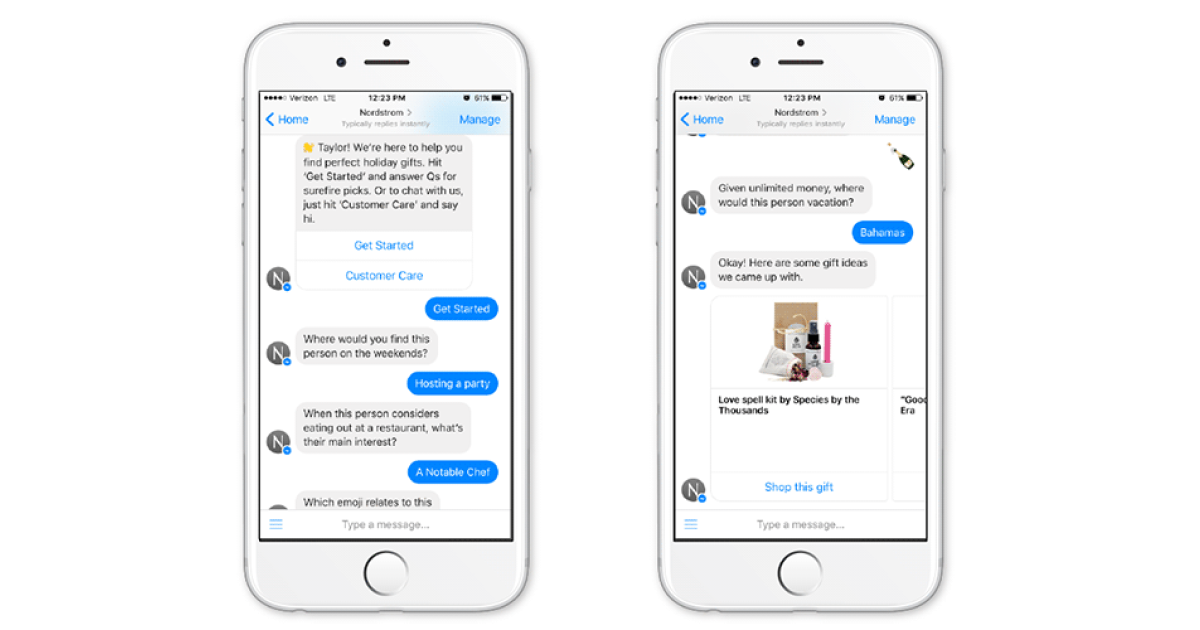
They can also offer product recommendations or upsell opportunities by analyzing user behavior and past purchases.
Practical Example
💡 Example1: If a shopper asks a chatbot for a pair of running shoes in a specific size, the chatbot can immediately showcase available options and even suggest complementary items like running socks or fitness trackers.
💡 Example 2: A beauty chatbot can recommend skincare products based on user's skin type and concerns.
4. Customer Support
Chatbots serve as the first line of customer support, addressing inquiries instantly and at any hour, ensuring timely and consistent responses.
They can handle a vast array of common questions, troubleshoot issues, and guide users through solutions, reducing the workload for human agents.
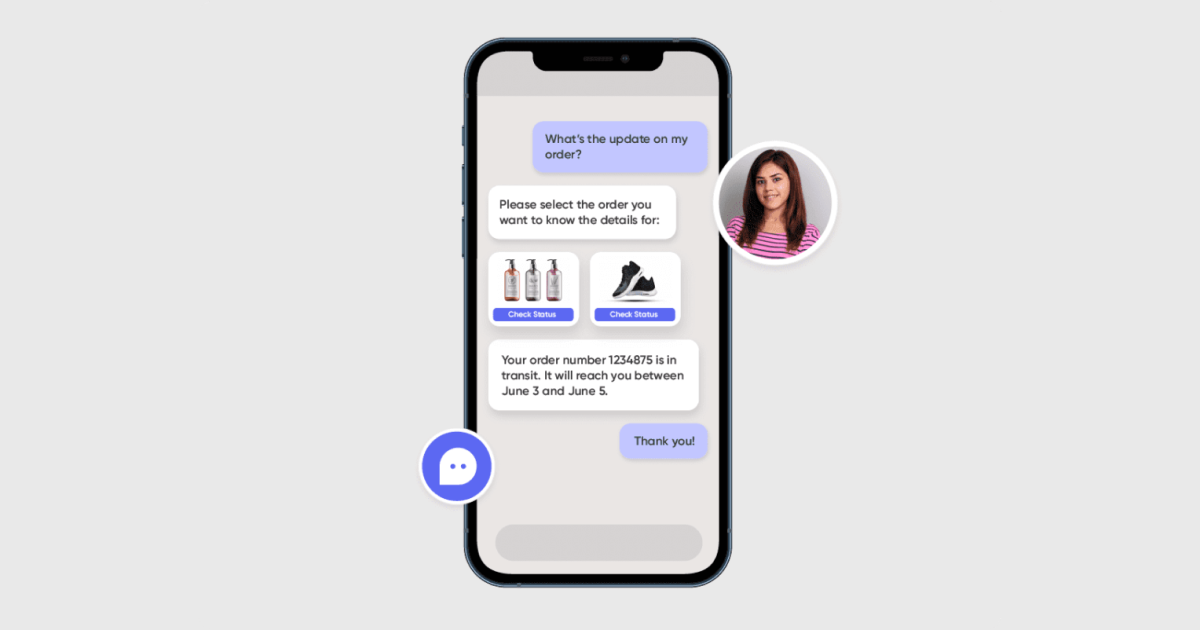
If a chatbot encounters complex issues beyond its capabilities, it can seamlessly escalate the query to a live agent.
Practical Example
💡 Example 1: A user facing login issues on a website might approach the chatbot for assistance. The chatbot can guide them through password reset procedures.
💡 Example 2: If a customer inquires about the status of their delivery on an e-commerce platform, the chatbot can promptly provide tracking information and estimated arrival times.
5. Feedback and Surveys
Chatbots offer an interactive and engaging way to collect feedback and conduct surveys, ensuring higher response rates compared to traditional methods.
They can initiate real-time conversations with users, prompting them for their opinions after a product purchase, service interaction, or website visit.
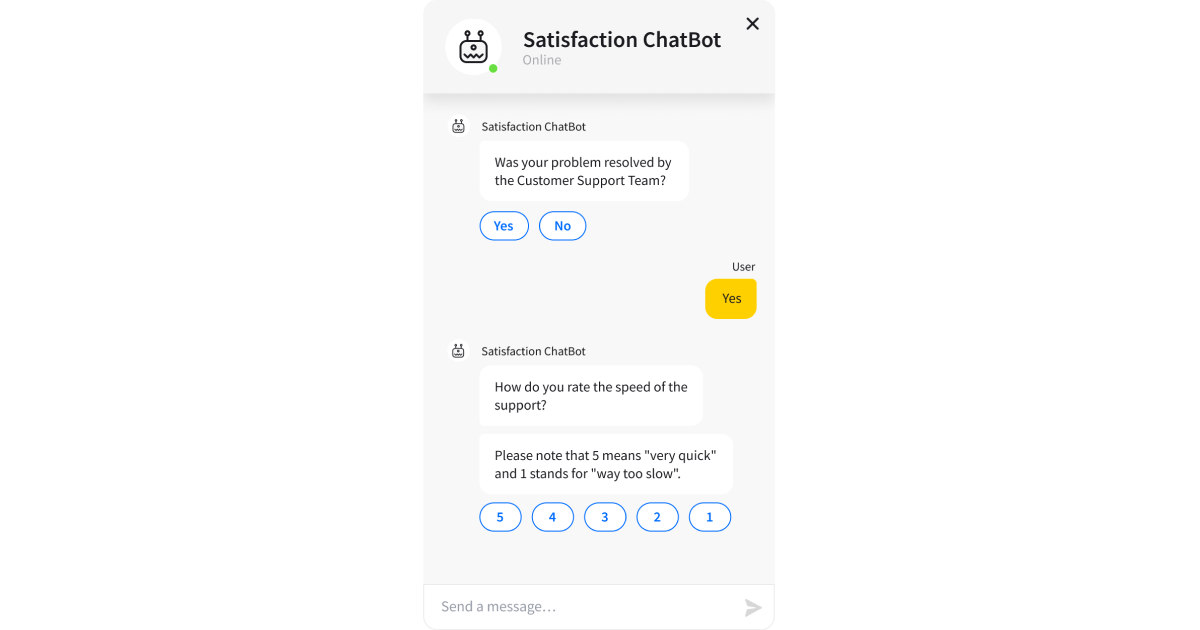
The instantaneous nature of chatbots allows for adaptive questioning, tailoring subsequent questions based on previous answers.
Practical Example
💡 Example 1: After a customer completes a purchase on an e-commerce site, a chatbot might pop up asking for their feedback on the shopping experience.
💡 Example 2: A chatbot on a service platform might conduct a quick survey, asking users to rate a recent interaction and provide suggestions for improvement.
6. Loyalty Programs and Promotions
Chatbots can play an instrumental role in managing and promoting loyalty programs, making the process more interactive and user-friendly.
They can instantly update users about their loyalty points, remind them of available rewards, and even suggest ways to earn more points.
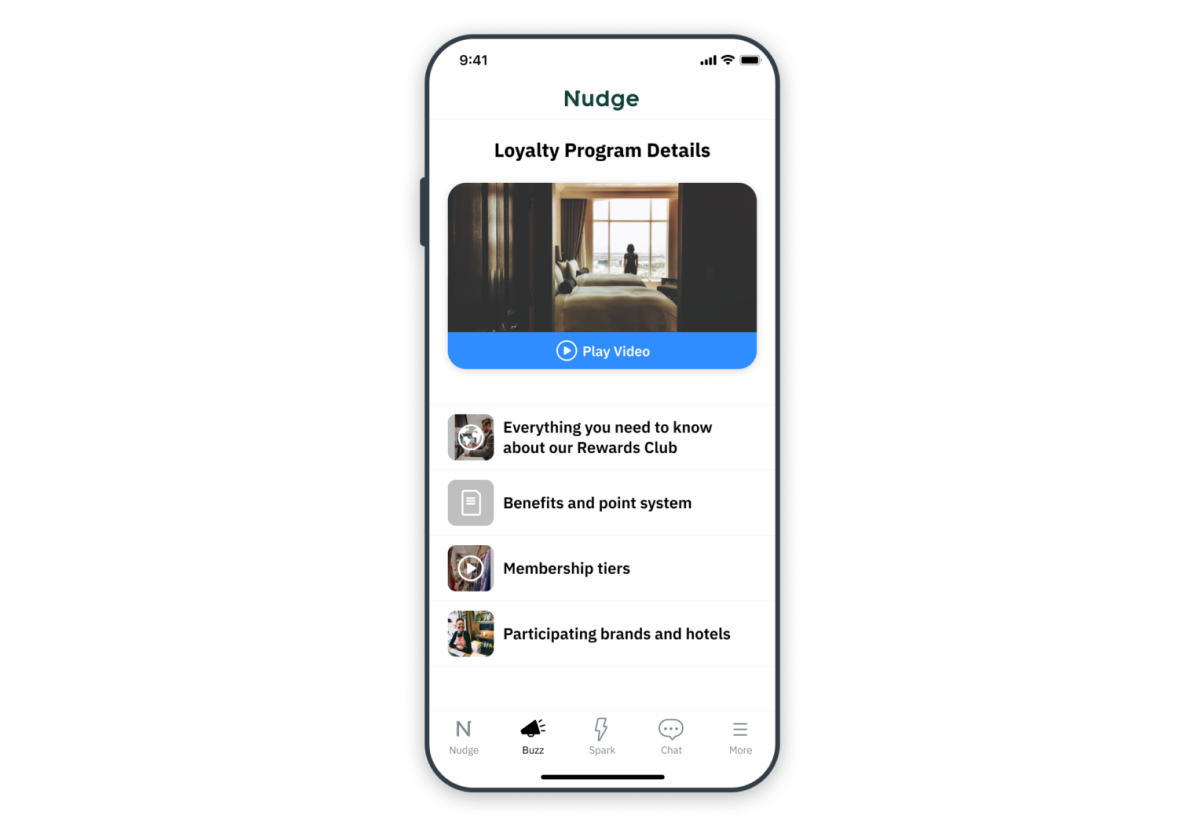
By integrating with marketing platforms, chatbots can deliver personalized promotions and special offers to eligible members, ensuring increased engagement and participation.
Practical Example
💡 Example 1: After a customer makes a purchase, a chatbot might inform them about how many loyalty points they've earned and suggest an additional purchase to reach the next reward tier.
💡 Example 2: A chatbot could notify a user about a limited-time promotion exclusively available for loyalty program members, enticing them to shop and reap the benefits.
7. Interactive Storytelling
Chatbots offer a unique platform for interactive storytelling, allowing brands to craft personalized narratives based on user input.
They can guide users through a story, adjusting plotlines, characters, or outcomes based on choices made during the interaction.
This dynamic approach not only captures attention but also immerses users in an experience tailored to their preferences, leading to deeper brand engagement.
Practical Example
💡 Example 1: A travel agency's chatbot might weave a story around a potential dream vacation, adjusting destinations and activities based on the user's responses.
💡 Example 2: A brand might use a chatbot to share its origin story, with users choosing to explore different aspects like product development, key milestones, or founder interviews, each choice steering the narrative in a new direction.
8. Booking and Scheduling
Chatbots can streamline the booking and scheduling process by offering real-time availability, answering questions, and handling reservations without human intervention.
They can integrate with calendar systems to show available slots, allowing users to pick a suitable time and confirm their bookings instantly.
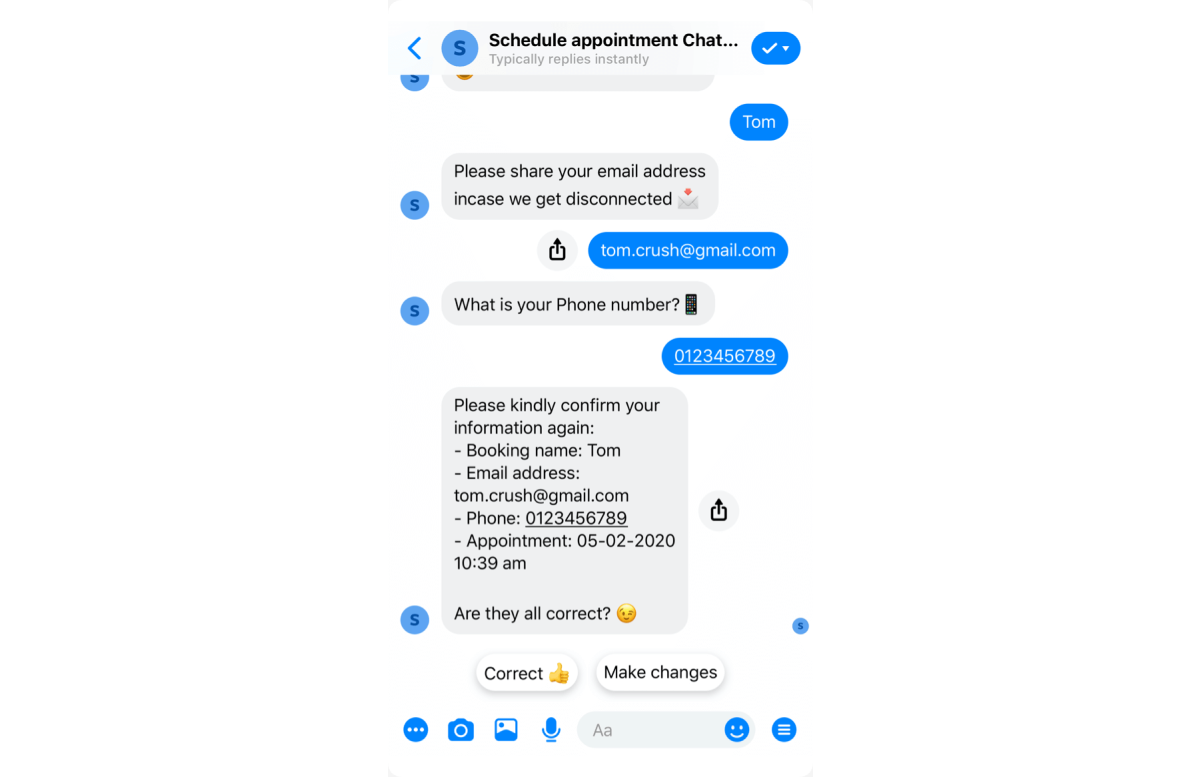
For businesses, this reduces manual input, minimizes errors, and ensures efficient use of available resources.
Practical Example
💡 Example 1: A dental clinic's chatbot could show a patient available time slots for a check-up, answer queries about the procedure, and confirm the appointment once a slot is chosen.
💡 Example 2: A chatbot for a conference event might assist attendees in scheduling workshops or breakout sessions, ensuring they don't overlap and offering alternatives if a session is fully booked.
9. Integration with Social Media
Chatbots can seamlessly integrate with social media platforms, offering instant interactions to users without leaving their favorite apps.
They can automatically respond to comments, direct messages, or mentions, ensuring timely engagement and increasing brand visibility.
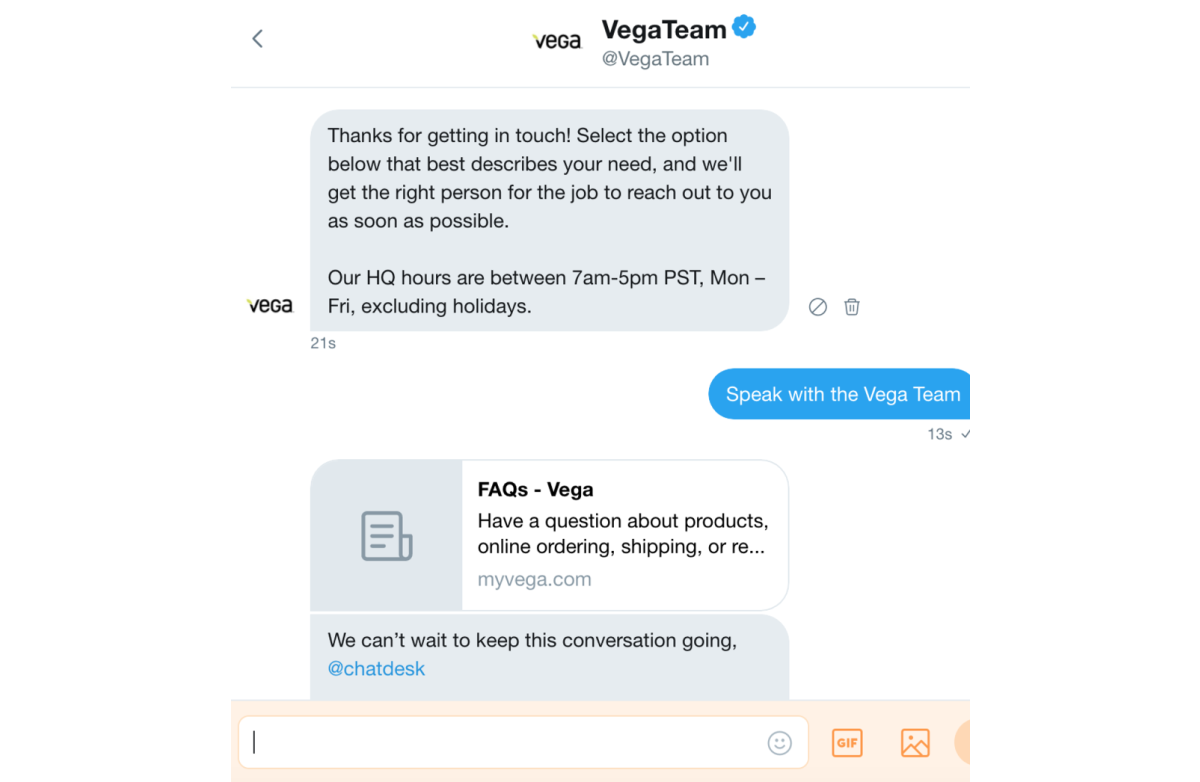
These integrations not only foster real-time communication but also drive traffic, generate leads, and enhance the overall user experience on social media.
Practical Example
💡 Example 1: A fashion brand on Instagram could use a chatbot to instantly answer queries about product availability, sizes, or shipping when a user comments on a post.
💡 Example 2: A restaurant's Facebook chatbot might provide menu details, answer questions about allergens, and take reservations directly through Messenger, enhancing convenience for potential diners.
10. AI-driven Personalization
Advanced chatbots use machine learning to analyze user behavior and preferences.
Based on this data, they can tailor conversations and offers, providing a highly personalized user experience.
Such integrations allow businesses to anticipate customer needs more effectively and provide value at each touchpoint.
Here is how AI driven personalization makes chatbots useful:
🎯 Voice-activated Chatbots – With the rise of voice search and smart speakers, voice-activated chatbots have become more prominent. They can engage users in voice conversations, offering a hands-free experience.
🎯 Augmented Reality (AR) Integration – Some chatbots now integrate AR, allowing users to visualize products in their environment or try things virtually (like cosmetics or clothing) while interacting with the bot.
🎯 Data Collection and Analysis – Beyond customer engagement, chatbots collect valuable user data. This data can be analyzed to understand user behavior, preferences, and pain points, further refining the marketing strategy.
🎯 Affiliate Marketing & Upselling – Chatbots can suggest affiliate products or complementary items based on user's browsing history or purchase behavior.
🎯 Drip Marketing & Follow-ups – Chatbots can send sequential messages or emails to users, nurturing leads and gently guiding them through the sales funnel.
Practical Example
💡 Example 1: A user visiting an online bookstore might be greeted by a chatbot suggesting a new release based on their past purchases.
💡 Example 2: A chatbot on a music streaming platform might recommend playlists or artists tailored to the user's listening habits, ensuring a customized listening experience.
Wrapping Up
As 2023 unfolds, chatbots have asserted their relevance by becoming integral to innovative marketing strategies.
They are no longer just automated response systems, but vital tools for engagement, personalization, and efficient customer interactions.
With these 10 insightful ways to employ chatbots in your marketing efforts highlighted in this guide, you're better equipped to stay ahead in this ever-evolving digital age.
Delving deeper, TextCortex emerges as a standout solution for various writing challenges, especially in the realm of customer support.
How TextCortex Can Help With Your Marketing Efforts?
TextCortex is a versatile tool that simplifies various writing tasks while maintaining clarity and your brand's tone.
It can help with:
👍 Manual Writing and Editing - Allows for a personalized touch in customer responses.
👍 AI-Generated Responses - Efficiently crafts responses leveraging AI capabilities.
👍 Predefined AI Templates - Streamlines fast and high-quality response creation.
👍 Content Rewriting - Ensures clarity and coherence.
👍 Bulk Translation - Supports multilingual communication in over 25 languages.
👍 Grammar and Spelling Check - Maintains professional quality by rectifying errors.
👍 Personalized Responses - Adds a human touch to customer interactions.
👍 Contextual Rephrasing - Enhances readability.
👍 Content Summarization - Summarizes extensive inquiries.
👍 The tone of Voice Adjustment - Aligns writing tone with different scenarios.
👍 Readability Assessment - Checks customer comprehension levels.
👍 Article Generation - Converts brief queries into detailed responses.
Furthermore, TextCortex successfully integrates with more than 4000+ online platforms, making it a flexible solution whenever and wherever your pen needs it.
Let's not forget the ZenoChat - a next-gen conversational AI tool that further elevates customer support experiences with prompt crafting, persona selection, and web search capabilities.
By harnessing TextCortex and its suite of features, businesses can streamline their support processes and provide unparalleled service that resonates with today's discerning customers.
Tempted to give it a try?
Sign up now to elevate your writing skills and stay true to your brand with minimum to no effort.


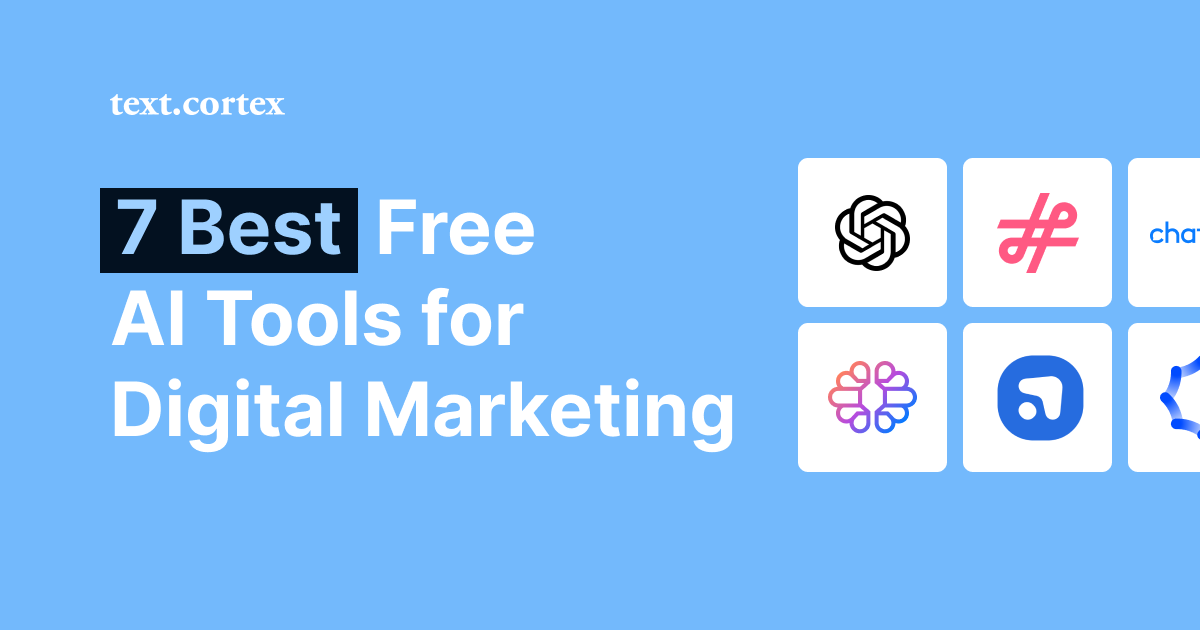
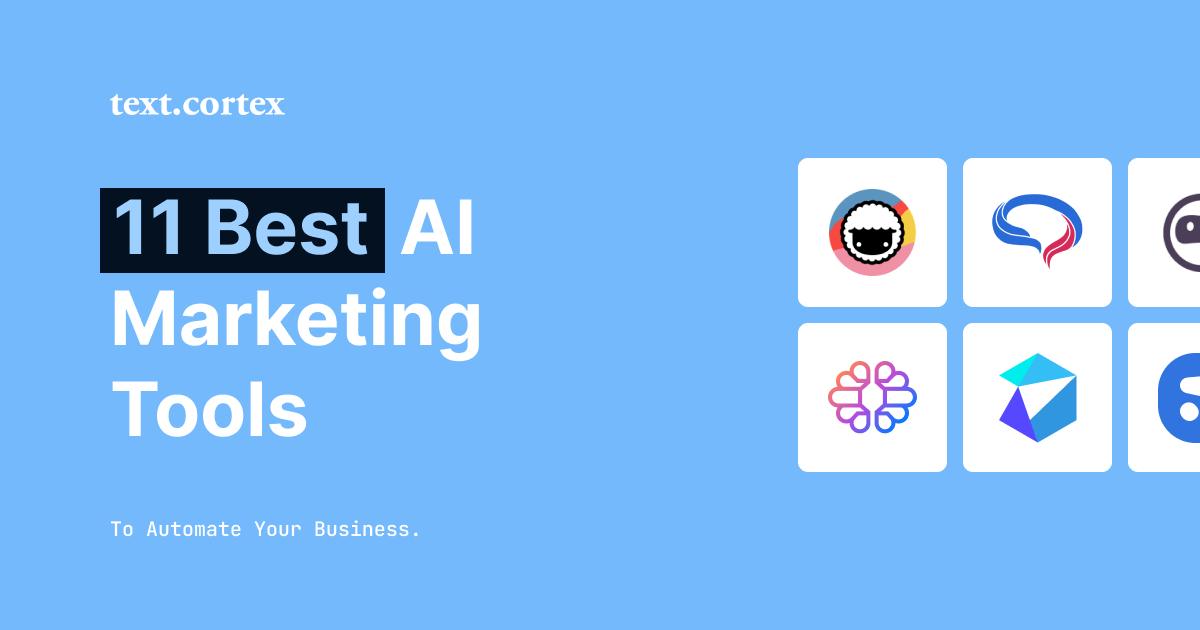
%20(14).png)
